IRELAND CONNECTIONS
Our Branch of the family has her Irish Roots through our grandmother Jane Boyle. Her grandfather was born in Ireland, County Mayo to be exact.
http://www.youtube.com/watch?v=52I-iGDItOs&NR=1
http://www.youtube.com/watch?v=tvY2MAIex8U&feature=related
The Stanton roots are also from Mayo and Roscommon in Irelandhttp://www.youtube.com/watch?v=kz_dHcduUTU&feature=fvwrel
I think personally that everyone of Scottish ancestry has a granny who is IRISH. That is a true
story
They say that there are three kinds of people in this world
There are the Irish
There are those who wish they were Irish
and Those with no ambition! that just about sums it up then.
.http://www.youtube.com/watch?v=wGf4QPwcrbU&feature=relatedhttp://freepages.genealogy.rootsweb.ancestry.com/~irelandlist/poems.html
LEPRECHAUNS
Ireland’s legends are full of mythical, magical creatures, and none is more famous than the shoemaking, heavy drinking guardian of the rainbows pot o’ gold and other treasure left in Ireland by the Danes. Many people don’t realize that he’s one of the fairies, but he is, and one in good standing!
The Leprechaun takes his name from the gaelic leath bhrogan meaning shoemaker. Another accepted theory is that his name comes from the Irish Gaelic word leipreachán, meaning pygmy or sprite.
And how did a lowly shoemaker become guardian of all of the treasures belonging to his Fairy kin? Well, he had the good fortune of being in the right place at the right time when he saw the Danes burying their loot in pots and urns. The Leprechaun protects the treasures from humans lest they squander it, as he considers them greedy, wasteful and fickle creatures. Whatever gave him that impression of us, heaven knows!
In most tales and stories leprechauns are depicted as generally harmless creatures who enjoy solitude and live in remote locations, and although rarely seen in social situations, leprechauns are supposedly very well spoken and, if ever spoken to, could make good conversation. They are obviously quite intelligent, as they are constantly outsmarting humans, though argument can be made that duping a human blinded by greed is no mean feet!
It is said that a Leprechaun carries two pouches with him, in one there is a silver shilling, a magical coin that returns to the purse each time it is paid out. In the other he carries a gold coin which he uses in his attempts to bribe his way out of difficult situations. Once the Leprechaun has bought his freedom, the gold coin will turn to ashes!
http://www.youtube.com/watch?v=ouVr3JTelhE&feature=related
Many Irish people find the popularized image of a leprechaun to be little more than a series of offensive Irish stereotypes and a trivialization of ancient Irish culture, or perhaps they resent being depicted as mischievous, heavy drinking, shoemakers. Well, understood. The Irish are mischievous, however, most of them buy their shoes at a shoe store just like the rest of us!
BANSHEE
The bean-sidhe (woman of the fairy) is considered to be an ancestral spirit appointed to forewarn members of certain ancient Irish families of their impending time of death. Traditionally, when a citizen of an Irish village died, a woman would sing a lament at their funeral. For five great families; the O’Gradys, the O’Neills, the O’Briens, the O’Connors, and the Kavanaghs, the lament would be sung by these fairies. They would appear before their death and sing their sorrowful, wailing song as only fairies can.
Banshees appear in the form of either a beautiful maiden, a stately matron, or an old hag, wearing a hooded cloak or a grave robe similar to that of the Grim Reaper, which in fact she is akin to. Understandably, banshees are not the most popular fairies in Ireland, though they are amongst the most infamous.
The Dullahan is a “Headless Horseman” type fairy, anunseelie or one of the damned or dark fairies and is believed accounts of them told by Irish immigrants may have inspired Washington Irving’s “The Legend of Sleepy Hollow”. Mounted on a black steed, he gallops through the night using a human spine to whip his fire breathing horse into a frenzied run. His eyes are massive and constantly dart about like flies, while the mouth is constantly in a hideous grin that touches both sides of the head much like the Jack ‘O Lantern of the Headless Horseman.
In some areas of Ireland he is said to drive a coach drawn by six black horses, setting fire to the road behind it because of its frenetic pace. When the dullahan stops riding, a mortal dies. There is no way to bar the road against a dullahan–all locks and gates open on their own when it approaches. Also, they do not appreciate being watched while on their errands, throwing a basin of blood on those who dare to do so. Nonetheless, they are frightened of gold, and even a single gold pin can drive a dullahan away.
The Dullahan doesn’t speak unless it is to shout out the name of the unfortunate person who is about to die. Stopping his horse at the door of the doomed, he cries out the name, drawing the soul into the netherworld.
Of all the fairies in Ireland, none is more ghastly than the Pooka! Taking the form of a dark horse with venomous eyes and a flowing, untamed mane, it wanders the countryside at night destroying property and terrorising livestock and other animals. Depending on the area it inhabits, the Pooka can also undertake other forms. For instance, in remote areas of County Down, the pooka becomes a small, deformed goblin who demands a share of the crop at the end of the harvest.
In parts of County Laois, 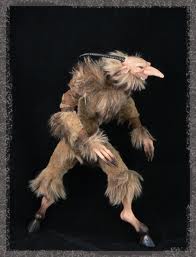 the pooka becomes
the pooka becomes
a terrifying hobgoblin; in Waterford and Wexford, it appears as an eagle with a giant wingspan, swooping travelers up onto its back and dumping them in ditches, and in Roscommon, as a black goat with curling horns.
The Pooka can speak and it has been known to stop in front of certain houses and call out the names of those it wants to take upon its midnight jaunts. If a person refuses, because of its vindictive nature the pooka will vandalise their property. Reminds me of some of my friends
CHANGELING A changeling is the offspring of a fairy, troll, elf or other legendary creature that has been secretly left in the place of a human child. Fairy females can find birth a difficult experience, and many of their offspring die before birth or are born deformed. The adult fairies, who are aesthetic beings, are repelled by these infants and have no wish to keep them.
The fairies swap them with healthy children who they steal from the mortal world. The wizened, ill tempered creature left in place of the human child is generally known as a changeling and possesses the power to work evil in a household.
According to some legends, it is possible to detect changelings, as they are much wiser than human children. When changelings are detected in time, their parents have to take them back. In one tale of the Brothers Grimm, there’s an account of how a woman, who suspected that her child had been exchanged by the fairies, started to brew beer in the hull of an acorn. The changeling uttered: “now I am as old as an oak in the woods but I have never seen beer being brewed in an acorn”, then disappeared.
No luck will come to a family in which there is a changeling because the creature drains away all the good fortune which would normally attend the household. Thus, those who are cursed with it tend to be very poor and struggle desperately to maintain the ravenous monster in their midst.
Changelings have prodigious appetites and will eat all that is set before them. The changeling has teeth and claws and does not take the breast like a human infant, but eats food from the larder. When the creature is finished each meal, it will demand more. Changelings have been known to eat the cupboard bare and still not be satisfied. Yet no matter how much it devours, the changeling remains as scrawny as ever. Changelings do not live long in the mortal world. They usually shrivel up and die within the first two or three years of their human existence. The changeling is mourned and buried, but if its grave is ever disturbed all that will be found is a blackened twig or a piece of bog oak where the body of the infant should be. Some live longer but rarely into their teens.
One positive feature which these fairies may demonstrate if they do survive in the mortal world is an aptitude for music. As it begins to grow, the changeling may take up an instrument, often the fiddle or the Irish pipes, and plays with such skill that all who hear it will be entranced.
Long ago, when Ireland was the land of Druids, there was a great Bishop, Patrick by name, who came to teach the word of God throughout the country. This saint, for he was indeed a saint, was well loved everywhere he went. One day, however, a group of his followers came to him and admitted that it was difficult for them to believe in the doctrine of the Holy Trinity.
Saint Patrick reflected a moment and then, stooping down, he plucked a leaf from the shamrock and held it before them, bidding them to behold the living example of the “Three-in-One.” The simple beauty of this explanation convinced these skeptics, and from that day, the shamrock has been revered throughout Ireland.
It has been said that St. Patrick also used the shamrock to demonstrate the mystery of the Holy Trinity (Father, Son, Holy Spirit) to the Ancient High Kings of Ireland. The word shamrock is derived from the Irish “seamrog,” meaning “summer plant.” The symbol of the shamrock is found on Irish medieval tombs and on old copper coins, know as St. Patrick’s money. The plant was reputed to have mystic powers — the leaves standing upright to warn of an approaching storm.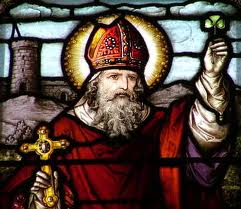
Green is associated with St. Patrick’s Day because it is the color of the shamrock, the color of Spring and new life, and the color of Ireland. The Irish landscape is green all year round. The shamrock is worn by millions of people all over the world on St. Patrick’s Day, not only by the Irish and those of Irish descent, but by all who relate to the indominable spirit of Ireland.
THE LEGEND OF THE BLARNEY STONE
For many centuries, as everyone knows, English monarchs tried to impose their will on Ireland. Queen Elizabeth I, eager to extend the influence of her government, sent a deputy to Cormac MacDermot MacCarthy, who was Lord of Blarney, and demanded that he take the tenure of his lands from the Crown. Cormac set out to visit the Queen and plead for his traditional right to his land, but he despaired for success for he was not fluent of speech.
Shortly after starting his journey, he met an old woman who asked him why he looked so forlorn. He told her his story and she said, “Cormac, when Blarney Castle was built, one stone was put into place by a man who predicted no one would ever be able to touch it again. If you can kiss that stone, the gift of eloquence will be conferred upon you.”
Cormac traveled back to his castle and succeeded in kissing the stone. He then was able to go and address the Queen with speech so soft and words so fair that as long as he lived, he never had to renounce his right to his land. From that time forward, people have traveled from many lands to try to kiss the Blarney stone and receive the “gift of gab” and eloquence of speech.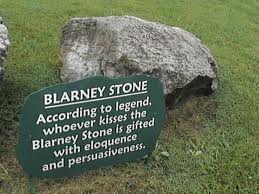
THE LEGEND OF IRELAND’S MAGIC HARP
In the misty hills of Ireland A long, long time ago, There lived a lovely Irish lass Who loved her father so.
One day he went to fetch some wood, But he did not soon return, And so his loving daughter’s heart Was filled with great concern.
She searched for him throughout the day, And when a fog came in She wept, for she was fearful They would never meet again.
Then suddenly, a little band Of leprechauns came by. They all were very saddened To hear the lovely maiden cry.
They asked if they might have a lock Of her long and golden hair, Then tied the silken strands across A crooked limb with care.
‘Twas a magic harp they’d made, And when the maiden touched each strand, The music led her father home Across the misty land.
And to this day the harp remains A cherished symbol of The blessings of the hearth and home The Irish dearly love
.http://www.marymalone.com/folklore.shtml
http://www.the-atlantic-paranormal-society.com/articles/naturespirit/compendium.html
http://www.beer-bytch.com/irishsymbols.htm
Some Guinness was spilled on the barroom floor
when the pub was shut for the night.
Out of his hole crept a wee brown mouse
and stood in the pale moonlight.
He lapped up the frothy brew from the floor,
then back on his haunches he sat.
And all night long you could hear him roar,
‘Bring on the goddam cat!’
| An Irishman’s Philosophy |
| In life, there are only two things to worry about— Either you are well or you are sick. If you are well, there is nothing to worry about,But if you are sick, there are only two things to worry about— Either you will get well or you will die. If you get well, there is nothing to worry about, But if you die, there are only two things to worry about— And if you go to hell, you’ll be so busy shaking hands with all your friends |
| Irish Men | |||
There are only three kinds of Irish men who can’t understand women— young men, old men, and men of middle age.
|
http://www.libraryireland.com/AncientLegendsSuperstitions/Contents.php
DUBLIN, Jamie’s new home
http://www.youtube.com/watch?v=QauprANFZo4&feature=related
http://www.youtube.com/watch?v=KEtVopa4OSE&feature=related
http://www.youtube.com/watch?v=ORoN2nnYHY0&feature=related
http://www.youtube.com/watch?v=xIrgBZHb39U&feature=related
http://www.youtube.com/watch?v=-Zpg5KuJ3d0&feature=related
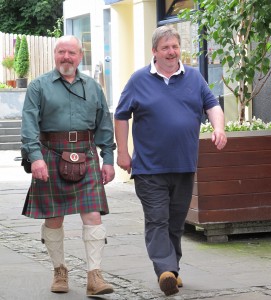
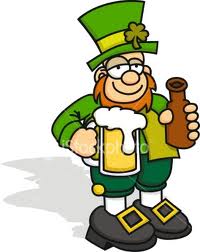
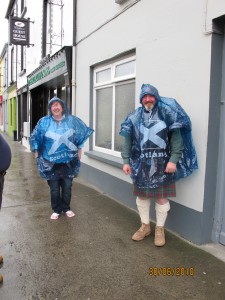
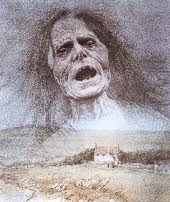
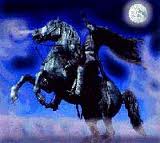
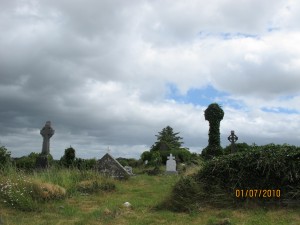
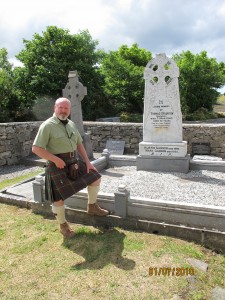
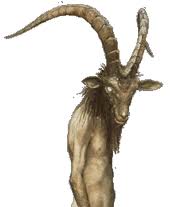
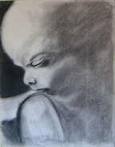
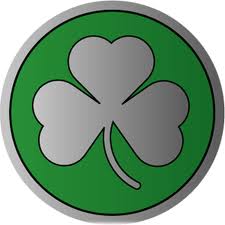
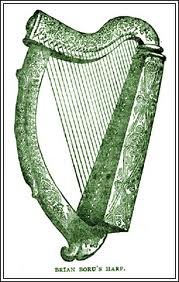
I I have also had great success tracing my ancestors back to one of William the Conqueror’s (invaded UK in 1066) lackeys, who moved to Wales then to the West of Ireland. This is a fascinating journey…
Yes, Kevin it surely is a fascinating journey and you meet such like-minded folks who may or may not be related to yourself. To get as far back as 1066 is no mean feat. Good luck
Hi … the Italian connection to Ireland also fascinated me which is why i wrote two features on the subject for Italian Roots (the journal of the Anglo-Italian FHS). The articles were stimulated by a visit i made to a close friend who lives in Dublin … she took me on a walk along an area locals know as the Amalfi Coast – partly because of the Gulf Stream which encourages more exotic flora than elsewhere, and partly because of the number of Italian restaurants, delis and ice cream parlours …